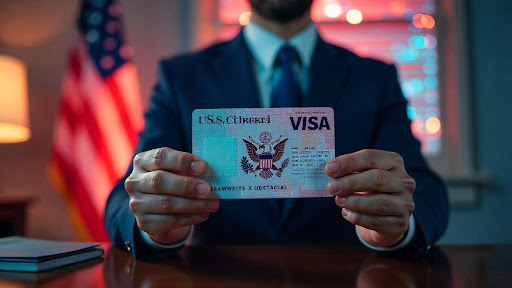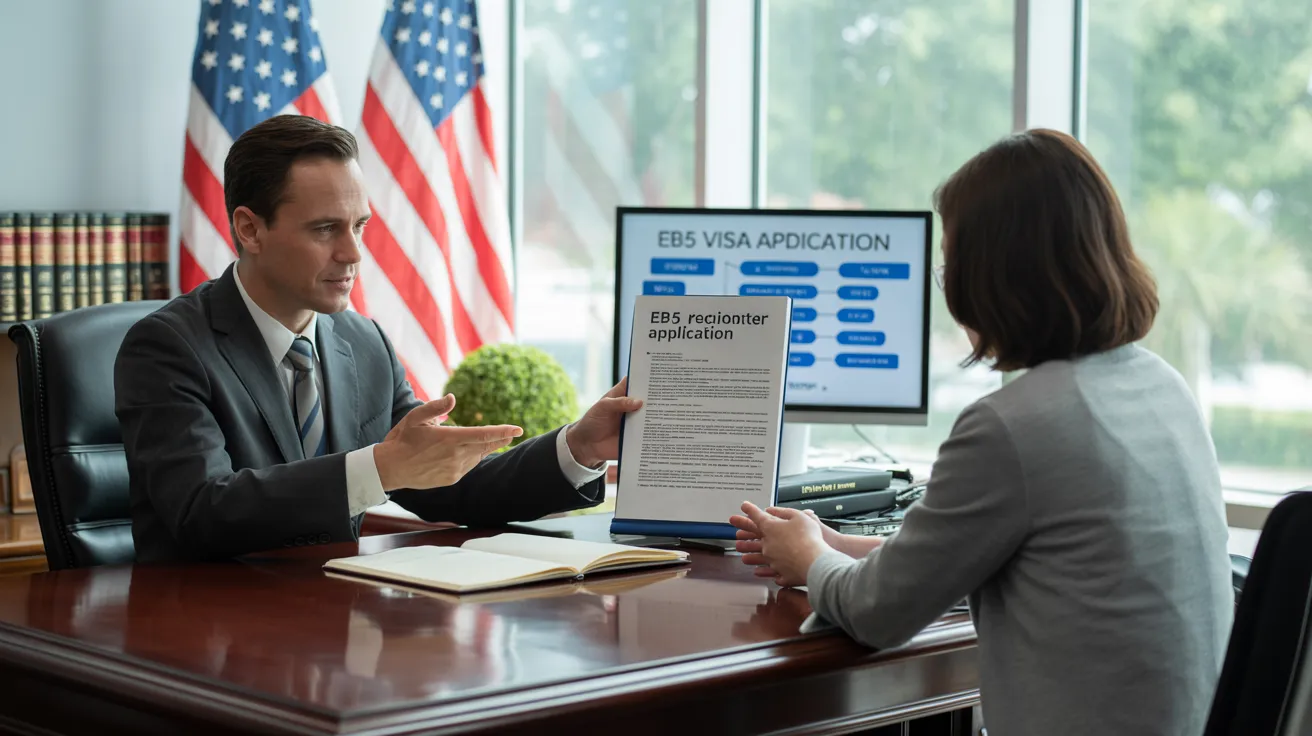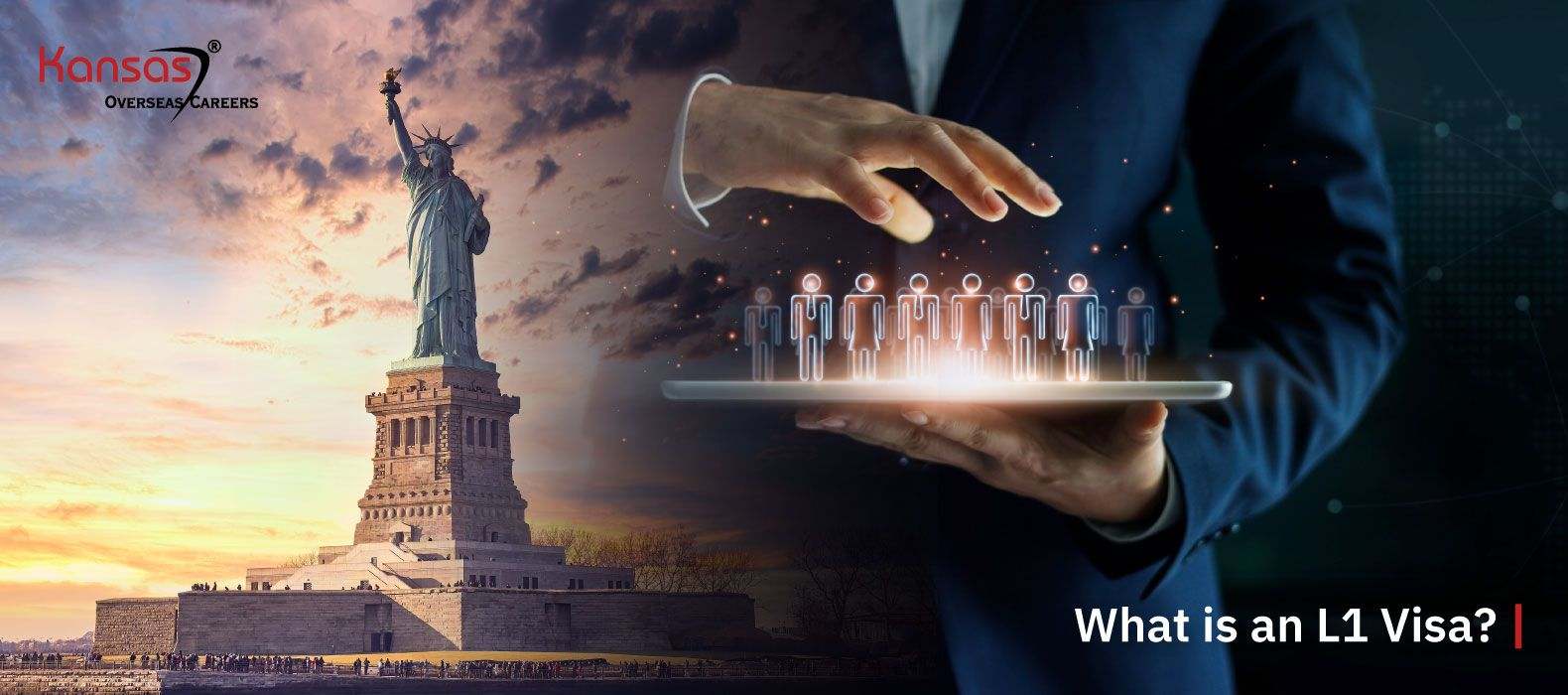Fascination About L1 Visa
Table of ContentsFacts About L1 Visa UncoveredThe Greatest Guide To L1 VisaThe L1 Visa IdeasHow L1 Visa can Save You Time, Stress, and Money.Some Ideas on L1 Visa You Need To KnowThe Only Guide to L1 Visa
Readily Available from ProQuest Dissertations & Theses Worldwide; Social Scientific Research Premium Collection. DHS Workplace of the Assessor General. Obtained 2023-03-26.
U.S. Division of State. Fetched 2023-02-08. Tamen, Joan Fleischer (August 10, 2013).
The Ultimate Guide To L1 Visa
In order to be eligible for the L-1 visa, the international firm abroad where the Recipient was used and the United state business must have a qualifying connection at the time of the transfer. The various kinds of qualifying connections are: 1.
Instance 1: Firm A is included in France and uses the Recipient. Firm B is incorporated in the U.S. and intends to request the Beneficiary. Firm An owns 100% of the shares of Business B.Company A is the Moms And Dad and Company B is a subsidiary. Consequently there is a certifying partnership in between both companies and Company B must have the ability to fund the Recipient.
Business An owns 40% of Business B. The staying 60% is owned and managed by Company C, which has no connection to Company A.Since Firm A and B do not have a parent-subsidiary connection, Company A can not sponsor the Beneficiary for L-1.
Instance 3: Company A is included in the U.S. and wishes to seek the Recipient. Business B is incorporated in Indonesia and uses the Beneficiary. Firm A possesses 40% of Business B. The remaining 60% is owned by Business C, which has no relationship to Business A. Nevertheless, Business A, by official agreement, controls and full handles Business B.Since Firm An owns much less than 50% of Company B yet manages and regulates the business, there is a certifying parent-subsidiary connection and Firm A can fund the Beneficiary for L-1.
Fascination About L1 Visa
Firm B is included in the U.S.
Not known Facts About L1 Visa

The L-1 visa is an employment-based visa category established by find out more Congress in 1970, permitting multinational companies to transfer their supervisors, execs, or crucial workers to their U.S. operations. It is typically referred to as the intracompany transferee visa.

Furthermore, the beneficiary needs to have worked in a supervisory, exec, or specialized staff member position for one year within the 3 years preceding the L-1A application in the international company. For brand-new office applications, international employment must have remained in a managerial or executive ability if the recipient is coming to the United States to function as a manager or exec.
Some Known Incorrect Statements About L1 Visa

If provided for a united state firm functional for even more than one year, the initial L-1B visa is for up to three years and can be extended for an additional two years (L1 Visa). On the other hand, if the U.S. company is recently established or has actually been functional for much less than one year, the first L-1B visa is provided for one year, with extensions readily available in two-year increments
The L-1 visa is an employment-based visa classification established by Congress in 1970, enabling international companies to move their managers, execs, or crucial workers to their U.S. procedures. It is frequently referred to as the intracompany transferee visa.
The Best Strategy To Use For L1 Visa
In addition, the recipient should have operated in a managerial, executive, or specialized staff member setting for L1 Visa requirements one year within the 3 years preceding the L-1A application in the international business. For new workplace applications, international employment needs to have been in a supervisory or executive capacity if the recipient is coming to the United States to function as a manager or executive.
for as much as seven L1 Visa law firm years to manage the operations of the U.S. associate as an executive or manager. If released for an U.S. company that has been operational for greater than one year, the L-1A visa is initially approved for up to three years and can be extended in two-year increments.
If given for a united state company functional for more than one year, the initial L-1B visa is for as much as 3 years and can be extended for an additional two years. Alternatively, if the united state firm is recently developed or has actually been functional for much less than one year, the first L-1B visa is released for one year, with expansions available in two-year increments.